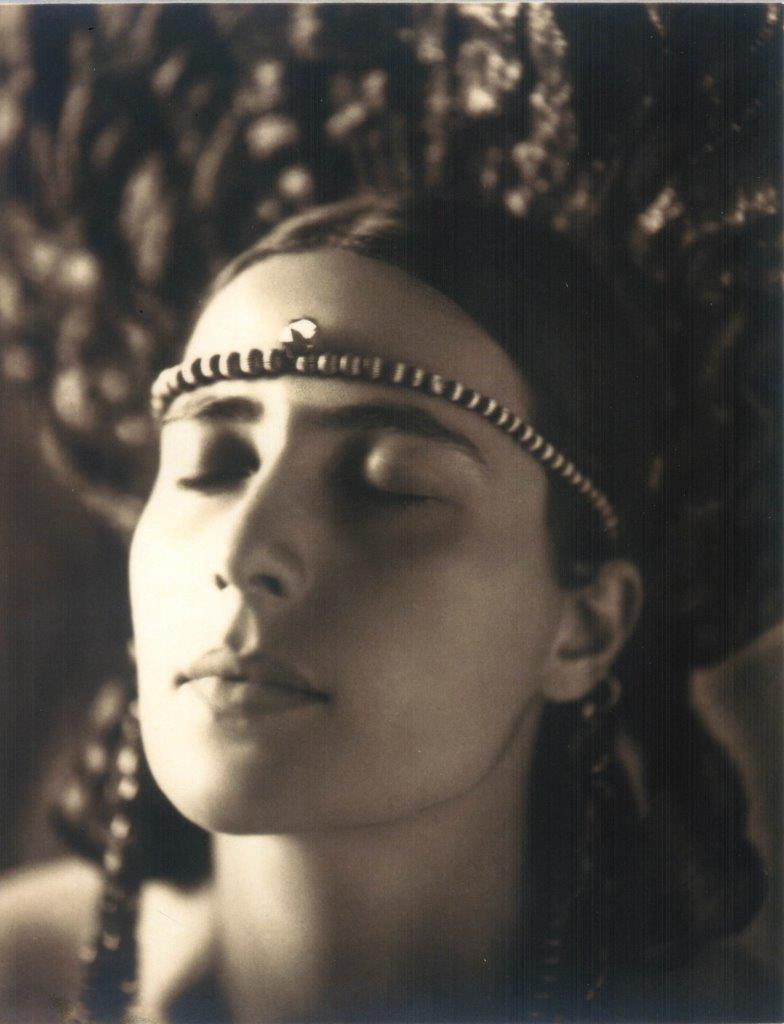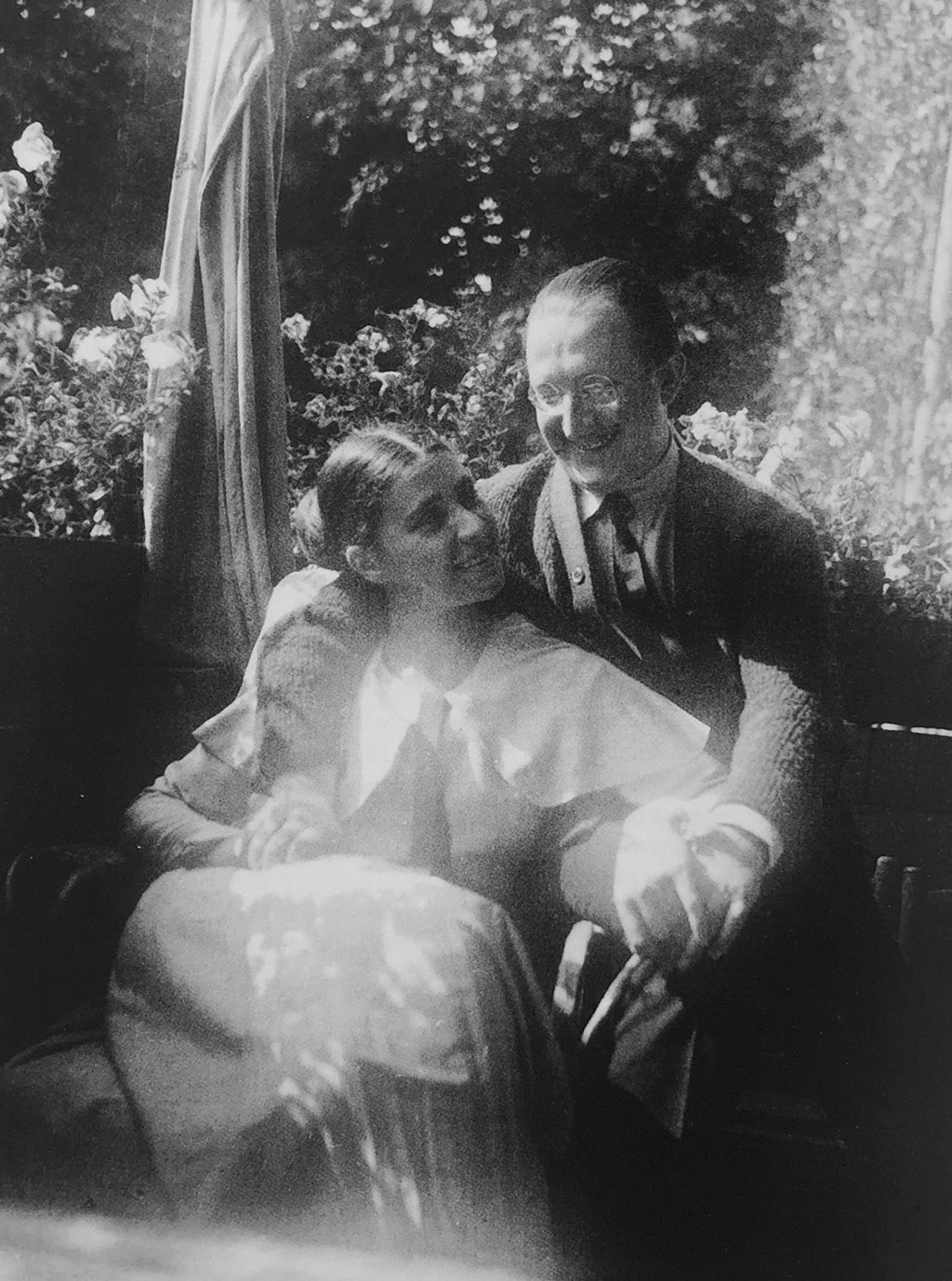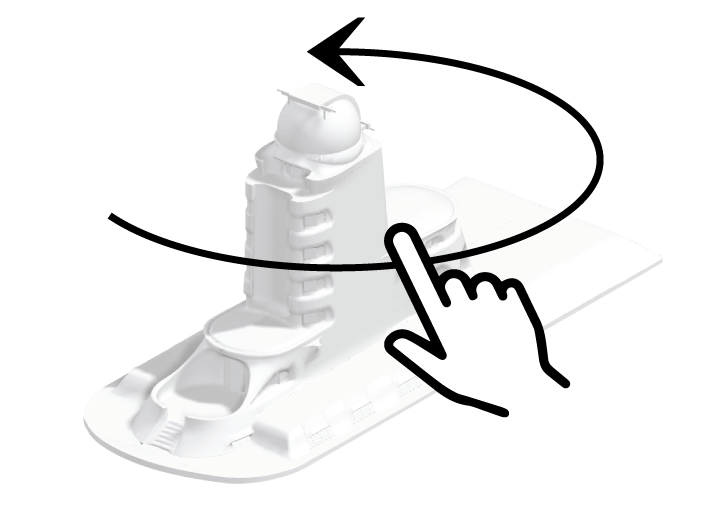Luise MaasLuise Mendelsohn, née Maas (1894–1980), studied cello in London, Leipzig, and Berlin. She met Erich Mendelsohn in 1910 and married him in 1915. Their daughter Marie Luise Esther was born in 1916. She abandoned her musical career and supported Erich when he started his own practice. Many of Erich’s jobs, including the commission for the Einstein Tower, can be traced back to the network Luise established. After the Mendelsohn family were forced out of Germany by the Nazis, Luise secured many new commissions for her husband. After Erich’s death, she organised his estate. grew up in Mannheim and Königsberg. Her parents were from distinguished families who were involved in the tobacco and tea trade in the two cities. At the age of 14 she received cello lessons from the conductor Max Brode in Königsberg. She then went on to study cello with Ludwig Lebell in London, Julius Klengel in Leipzig, and Hugo Becker in Berlin. With the outbreak of the First World War, her plans to study at the Berlin Musikhochschule came to nothing.

In 1910, at the age of just 16, she was introduced to Erich MendelsohnErich Mendelsohn (1887–1953) studied architecture at the Charlottenburg (Berlin) and Munich universities of applied sciences. He married Luise Maas in 1915. After returning from the First World War, he founded his own practice in Berlin – it became the best-known and most successful architecture office in Germany. In 1933 he emigrated to England, before moving to Jerusalem in 1939 and then to the USA in 1941. He built important works in all these countries. by an acquaintance of her sister’s. Looking back at this period in her autobiography – parts of which have been published – she wrote: “I went through some difficult times. Her [Luise’s mother’s] prejudices prevented her from seeing the genius of the man I loved. The fact that he was not handsome, came from humble circumstances, and had no money was unacceptable to her. However, there was no question as far as I was concerned: I would marry him after the war. But fate had other ideas: I became pregnant and we got married.” The wedding took place in October 1915 and Luise Mendelsohn gave birth to Marie Luise Esther in May 1916. She was the only child the couple would have.

When Erich Mendelsohn returned from the French front in early November 1918 after contracting the Spanish flu, he immediately started his own architecture practice at Ahornallee 25 in Berlin. At the time Luise, Esther, and Erich Mendelsohn lived not far away in the Westend boarding house at Kastanienallee 33. This was where Luise had lived with her mother in 1913/14 when she was studying cello with Hugo Becker. The Mendelsohns lived in this boarding house for a total of 11 years, renting more and more rooms over time. Unlike Erich, Luise already had a social network in Berlin. In 1915 she introduced him to a friend of hers who likewise played the cello, the astrophysicist Erwin Finlay FreundlichErwin Finlay Freundlich (1885–1964) was an astrophysicist. In 1910 he became an assistant at the Berlin Observatory. He joined Einstein’s Kaiser Wilhelm Institute for Physics in 1918, becoming its first member of staff. He drew up plans for the Einstein Tower, which was to be the most powerful solar observatory in Europe. He was made director of the Einstein Tower in 1920. He was expelled by the Nazis and became a professor of astronomy in Istanbul. He was offered a professorship at the German University in Prague in 1936 and fled to Holland in 1939. He then took up a post at the University of St Andrews in Scotland, where he established an astronomy department, together with an observatory. He became Napier Professor of Astronomy in 1951.. Freundlich was already planning to build a large solar telescope to verify (glossary: Albert Einstein text: Einstein’s theory of relativity. He used his connection with Erich to test the architectural viability of his scientific and technical ideas, long before the latter was officially commissioned to construct what would later become the world-famous Einstein Tower.
Luise’s circle of friends also included Molly Philippson, whose salon was frequented by many of Erich’s subsequent clients. Luise arranged for Erich to give a number of lectures there in which he outlined his architectural programme. Even after the Mendelsohns were driven out of Germany by the Nazis, it was often Luise who first established contact with clients, initially in England, then in Palestine, and finally in the USA.

Luise not only played a critical role acquiring new architectural projects for Erich, she was also a constant source of critical reflection on his work. She was the first to see his draft plans, and discussions with her shaped his designs. This was true not only for his initial expressionist sketches but also for the first building he realised, the Einstein Tower. Erich gave the following account of his conversations with Luise about the tower: “What for me is based on complex knowledge is understood by you intuitively. Our having this is the most beautiful sign of our communion, the final mark of accord, because your opinion and judgement issue from the opposite pole. The square tower will now be retained. The ground plan is entirely congruent and – complete. Freundlich came by in the evening and was entirely happy. The tower’s corner windows have been pulled outwards with considerable verve. The sense of spatial movement in the interior is full of surprises. If it is possible to execute the building as I see it, the end result can only be a source of satisfaction. In any case, all the official obstacles have now been surmounted, and the work may begin any day" (Erich Mendelsohn, in a letter to Luise dated 2 July 1920).
The architectural history of the Einstein Tower begins, then, with Luise Mendelsohn. Her liaison skills made it possible, all of a sudden, for Erich to apply his hitherto utopian ideas and sketches to the pursuit of a very concrete goal. Although Erich was sent to the front in 1917, he found repeated opportunities there to work on Freundlich’s project and to exchange ideas about it both with him and with Luise.




